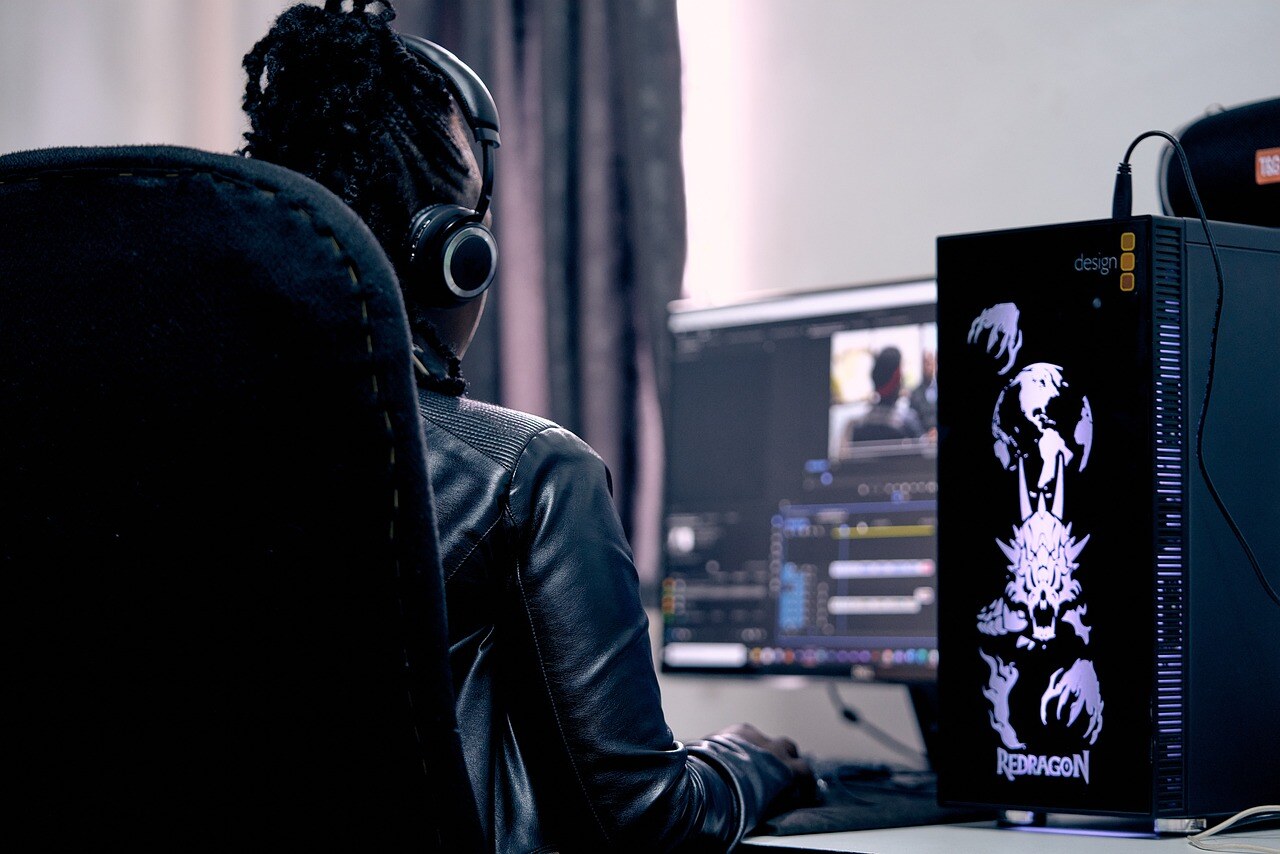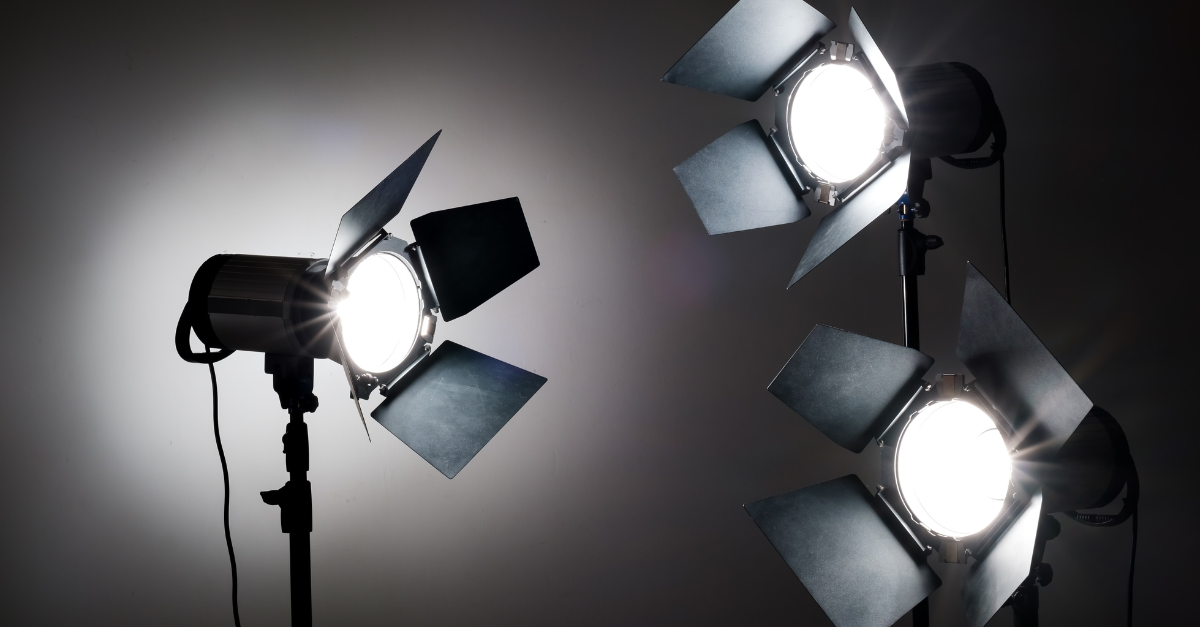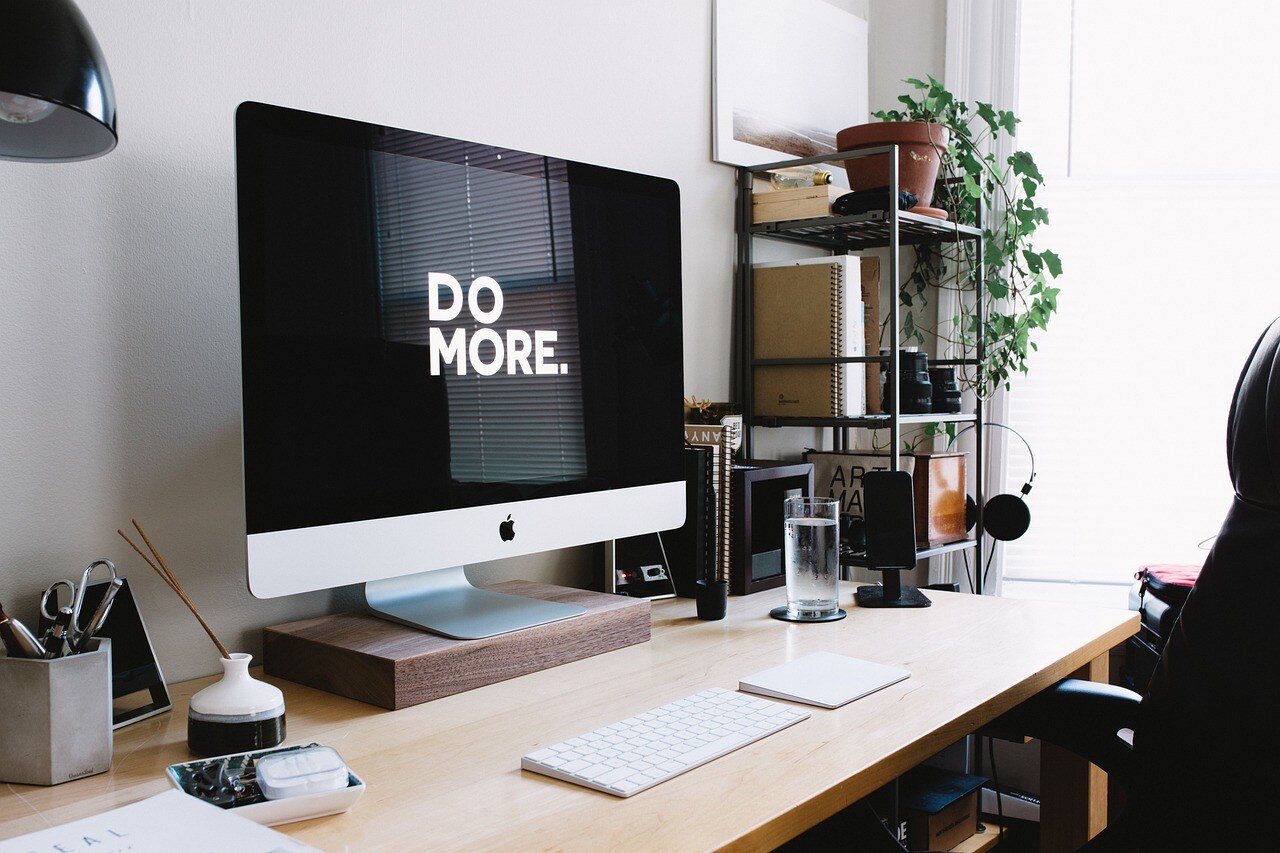Model Release Forms: The What & The Why, & How to Attach Them Directly to Photos
TL;DR: Model release forms are your legal safety net when working with people in photos. Get them signed, store them smartly, and link them to your images so you’re always ready to go - legally and creatively!
If you’ve ever taken a photo of someone and wanted to use it for marketing, advertising, or anything that goes beyond personal use, you need a model release form. It’s not just a nice-to-have; it’s a crucial piece of the puzzle when it comes to protecting both you and your subjects.
Whether you’re a photographer, marketer, creative agency, or part of a media team, this blog post breaks down everything you need to know, from what a model release form actually is to how to store and manage them like a pro.
Hot tip: Free model release form templates are available online, and are essential for protecting photographers from legal liabilities.
This Blog Covers:
- What is a Model Release Form?
- When You Need To Use One
- When You Don't Need To Use One
- Crowd Release Forms
- Important Bits To Include on a Model Release Form
- How To Create Your Own
- How To Get People To Sign Their Model Release Forms (can be awkward irl!)
- How Best To Store Them (Hint: We suggest you use Asset Bank)
- How To Link Your Forms to Your Images
- When Release Forms Can Be Revoked
- How We Can Help 💜
What Is a Model Release Form?
A model release form (aka a ‘consent form’) is a legal document that acts as a liability waiver, giving you permission to use someone’s image (or even their voice or their likeness) for commercial purposes, while protecting both the photographer and the model. It’s essentially a signed agreement that outlines:
- What the images will be used for
- How long they can be used
- And that the person consents to this use
Without a release form, you could run into legal trouble if the individual in the photo later objects to how their image is being used - especially if it’s tied to a product, brand, or service.
When Do You Need One?
You typically need a model release form when:
- The photo will be used for advertising, marketing, or commercial gain
- The person is clearly identifiable in the image
- You're planning to use the image publicly (online, print, social media, etc.)
You Don’t Need a Model Release Form When...
...The image is used for editorial purposes. If the photo is being used in news articles, documentaries, educational content or non-commercial blogs or journals, then a model release is usually not required. Editorial use is generally protected under freedom of expression or public interest laws.
... Or, if the person is in a public place and not the focus. If the photo was taken in a public location (street, park, event), or if the person is part of a large crowd or background, i.e., not the main subject, then, typically, you don’t need a consent form.
However, if there’s any chance the photo will be used for commercial purposes - even in the future - it’s safer to get one. It protects you legally and avoids awkward conversations later.
Crowd Release Notices Are Great for... Crowds!
When it comes to crowd shots, the rules are a little more relaxed. Rather than running around getting individual forms from every single person, you can use signage at the event or location, like:
“Photography and video recording are taking place in this area. By entering, you consent to your image being used for marketing and promotional purposes.”
Make sure it’s visible at all entrances, and is clear and unambiguous. Ideally it'll be included in any comms about the event. It's also a really good move to provide your contact details, too - it makes the notice more legitimate and transparent, gives people a way to ask questions or express concerns, and shows you're handling consent professionally and ethically.

What Should a Model Release Form Include?
A good model release form doesn’t have to be complicated, but it does need to cover a few essentials:
- Model’s Information – Full name, date of birth, contact details
- Photographer or Company Info – Who's using the image?
- Project Description – What’s the image being used for? (e.g. online ads, brochures)
- Usage Rights/Expiry Dates – How long and in what ways can the image be used?
- Consent Statement – Confirmation that the model understands and agrees to the terms
- Signature and Date – From both the model and the photographer (plus guardian signature if the model's under 18)
Optional extras:
- A witness signature
- Payment or compensation details
- Terms for revoking consent (if any)
How To Create a Model Release Form
You can write your own model release form, but to save time and stay legally sound, most people start from a template (many are free online). Using a model release template ensures that all necessary legal information is included. From there you can get your legal or data protection teams to review and approve.
Whatever route you choose, make sure the language is straightforward and legally vetted, especially if you’re working internationally.
Tips for Getting People to Sign
Getting signatures for consent forms doesn’t have to be awkward. Here’s how to keep it smooth:
- Ask before the shoot - when everyone’s relaxed
- Explain why you need it (most people are fine once they understand)
- Offer perks like access to the photos
- Make it easy with a mobile-friendly or digital version
- Obtain a new release form for each shoot, even if working with the same model, to ensure legal protection and compliance
Best Practices for Storing Model Release Forms
Getting signatures is only half the battle - you also need to keep the forms organised and accessible.
5 tips for securely storing your consent documentation:
1. Centralised Storage – Use one location for all your forms (of course we're going to suggest a digital asset management (DAM) solution).
Using a DAM system means you can attach your model release forms directly to your images, so you'll always know how and when you can use them.
And when a user finds a photo they want to use, they’ll be shown any relevant usage rights or photographer credit details, as well as the consent expiry date, so they can use it properly and with confidence.
2. Consistent Labelling – Include the model’s name, shoot date, and project title. In DAM software you can upload all the pictures from one photoshoot, and bulk update them with the relevant labels (or 'tags' or 'keywords') and they'll all be updated.
You can even tick a box to let the platform know all the photos are related to each other, so they'll all show as related content after a search is performed. If anyone types one of those keywords into the search bar, all these images will show.
3. Secure Access – When you add images to DAM software, you can restrict who can and can't see the files, and you can add usage details that spell out exactly when and how content can be used.
Your release form might include an expiry date - you can add that into Asset Bank too! It means, even if someone has downloaded one of these pictures, they'll receive an alert to let them know they soon need to remove/replace it.
4. Model Protection – Should a model remove their consent, it's really easy to find all photos of that individual, making it easy to delete these files.
5. Link Model Release Forms to Images – In DAM systems like Asset Bank, you can attach forms directly to any file you upload - be that the raw photograph or video footage, or the final brochure or advert - so everyone, always, knows what's what.
How To Link Model Release Forms to Photos/Videos in Asset Bank
You can link model release forms to content that's in your Asset Bank DAM by using a parent–child setup. The photos/videos are the "parent" assets, and the release forms become “child” assets.
You can also control whether these forms show up in search results, or only appear when viewing the connected image. They can even be hidden from typical users and only viewed by admins. 👀
We think this is great because:
- It's easy to set up the parent-child relationship.
- You can force the release form to be downloaded every time the parent asset (photo) is downloaded.
- If the model release form has an expiry date, this can be set at upload. When that date comes round, the parent asset (i.e. the image that the person is in) will expire and be hidden from view!

Revoking a Model Release Form
While a model release form is a binding contract, there are certain circumstances under which it can be revoked. Here are some scenarios where revocation might be possible:
- Mutual Agreement: If both the model and the photographer or filmmaker agree to revoke the release form, it can be done through a written agreement. This mutual consent ensures that both parties are on the same page.
- Breach of Contract: If one party fails to adhere to the terms outlined in the model release form, the other party has the right to revoke the agreement. This could include using the image in ways not specified in the original contract.
- Fraud or Misrepresentation: If the model release form was obtained through deceit or false information, it can be revoked. This protects the model from being exploited under false pretenses.
- Lack of Capacity: If the model was not of sound mind or was under 18 and didn't have proper guardian consent at the time of signing, the release form can be revoked. This ensures that the model’s rights are protected, especially in vulnerable situations.
Revoking a model release form can have significant legal implications, so it’s crucial to seek legal advice before taking any action. Understanding the terms and conditions of your release forms can help you navigate these situations more effectively.
If it is clear that a model needs to have their photos removed, then using a DAM makes it easy to quickly find all the images a person is in and remove these immediately.
Need Help Managing Your Release Forms?
Whether you’re wrangling hundreds of consent forms or just getting started, a solid system will save you loads of time (and stress).
Asset Bank is an excellent mid-market tool for managing images and content with complicated usage rights and consent forms.
Why not try us out? We’ll set you up with a free demo, tailored exactly to your needs. We’ll even brand it up to look just like you!



